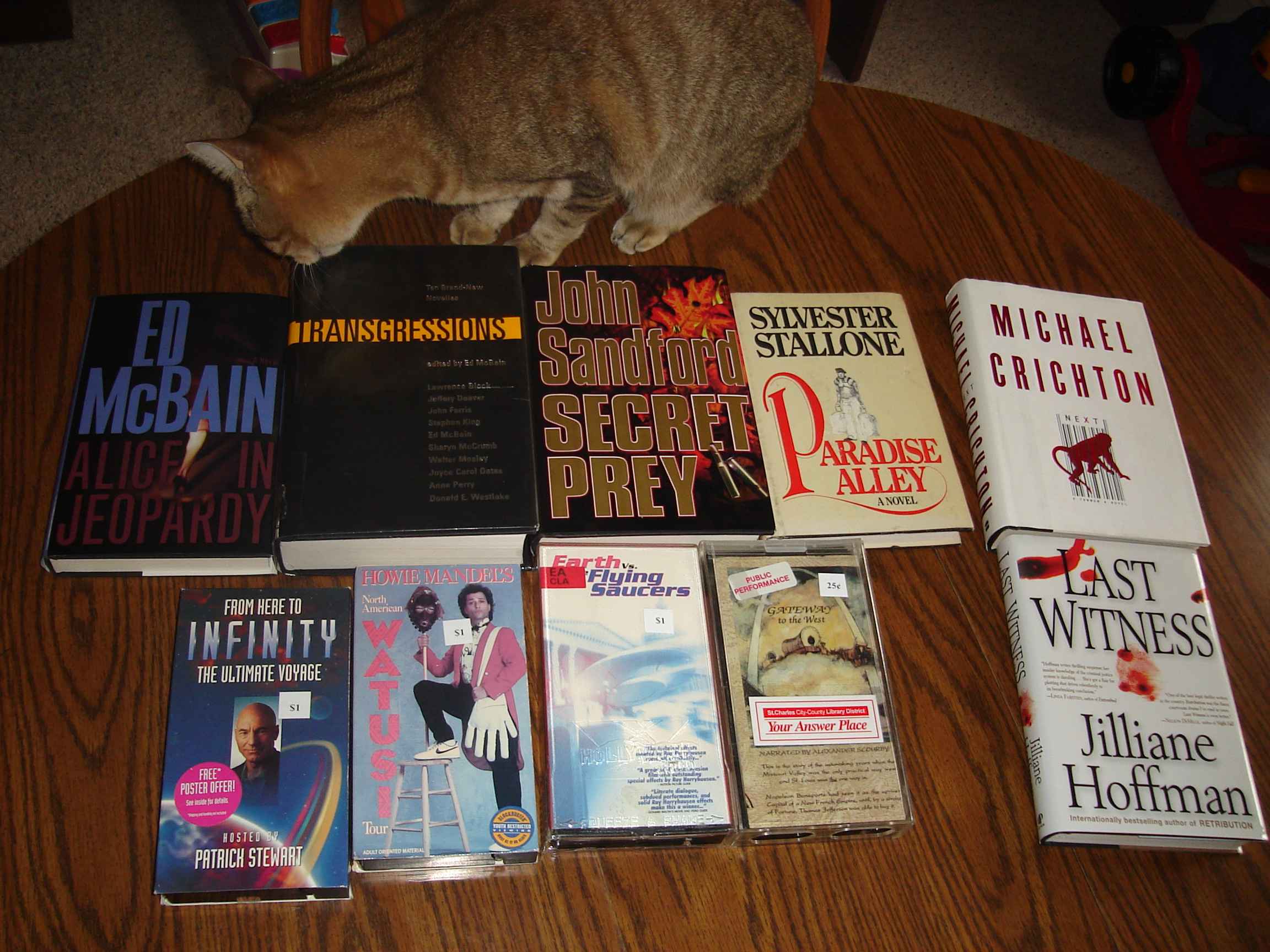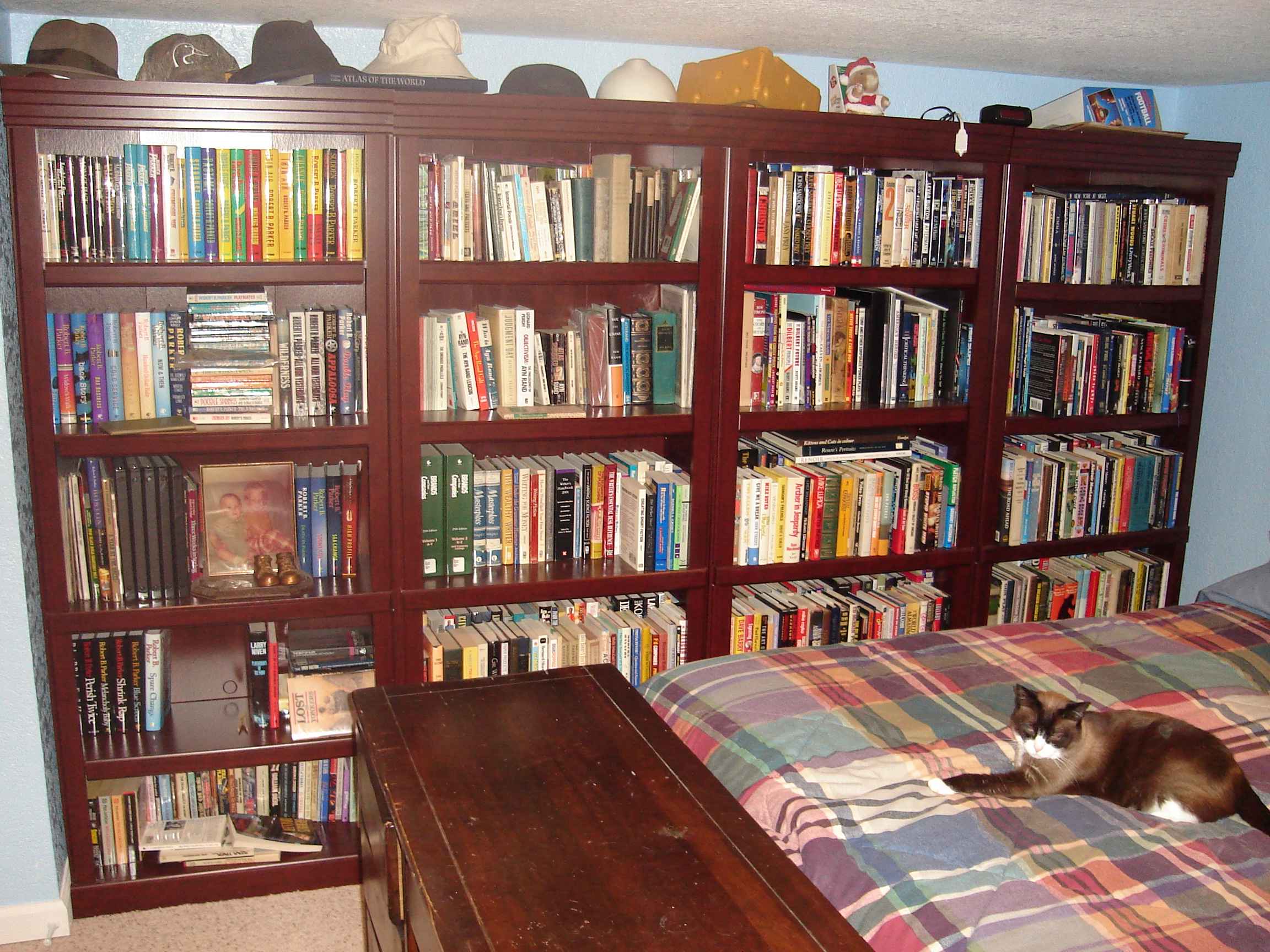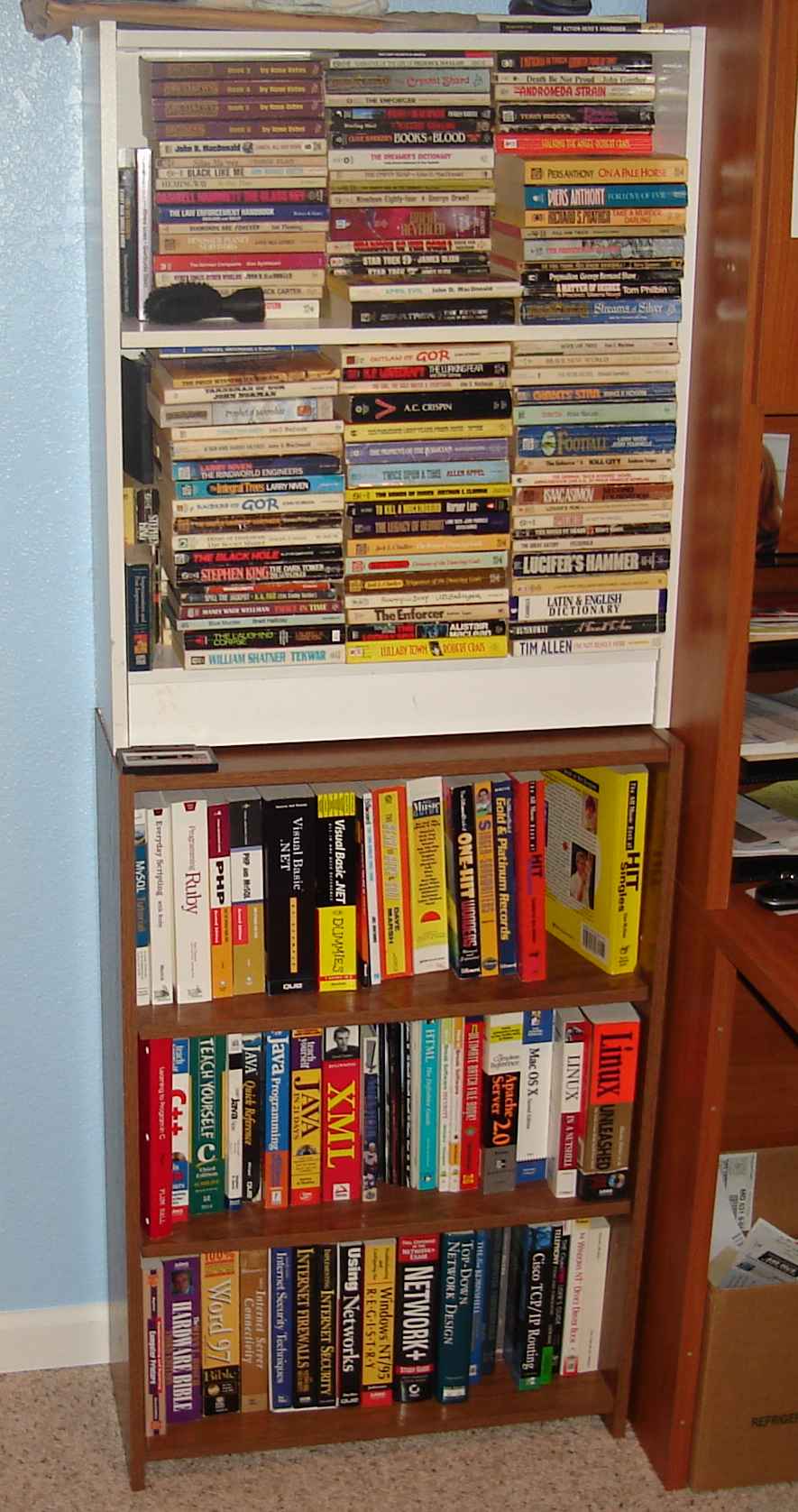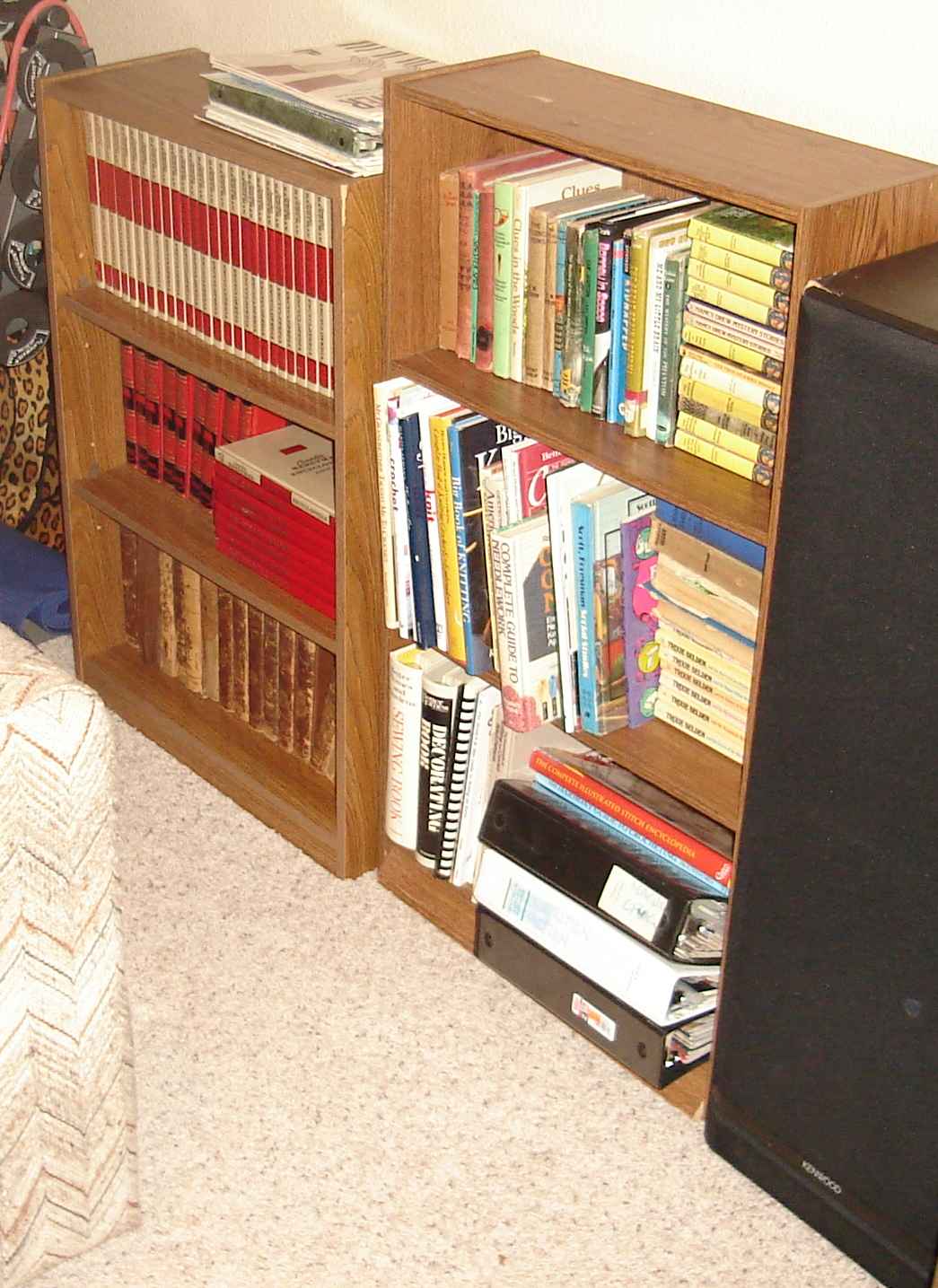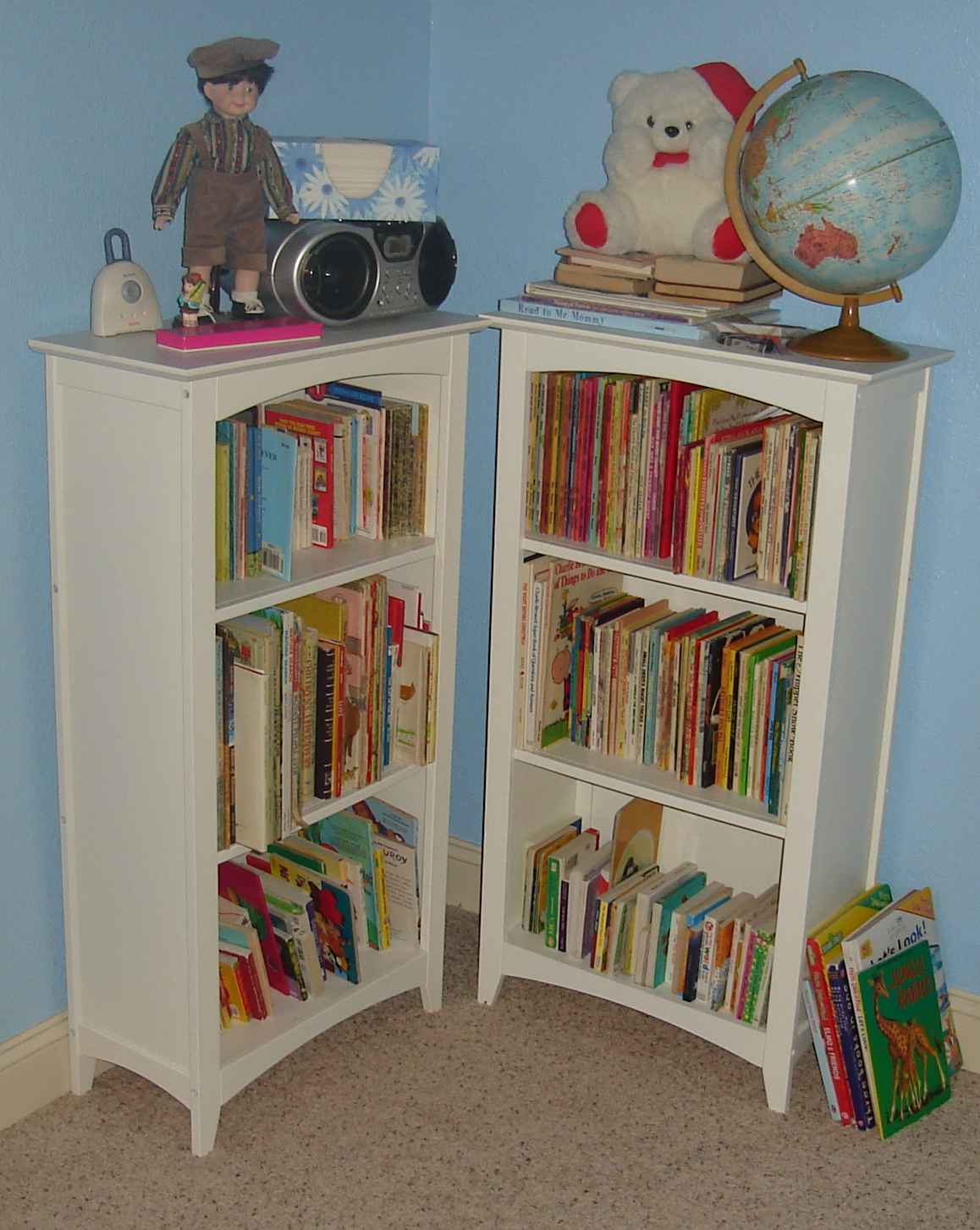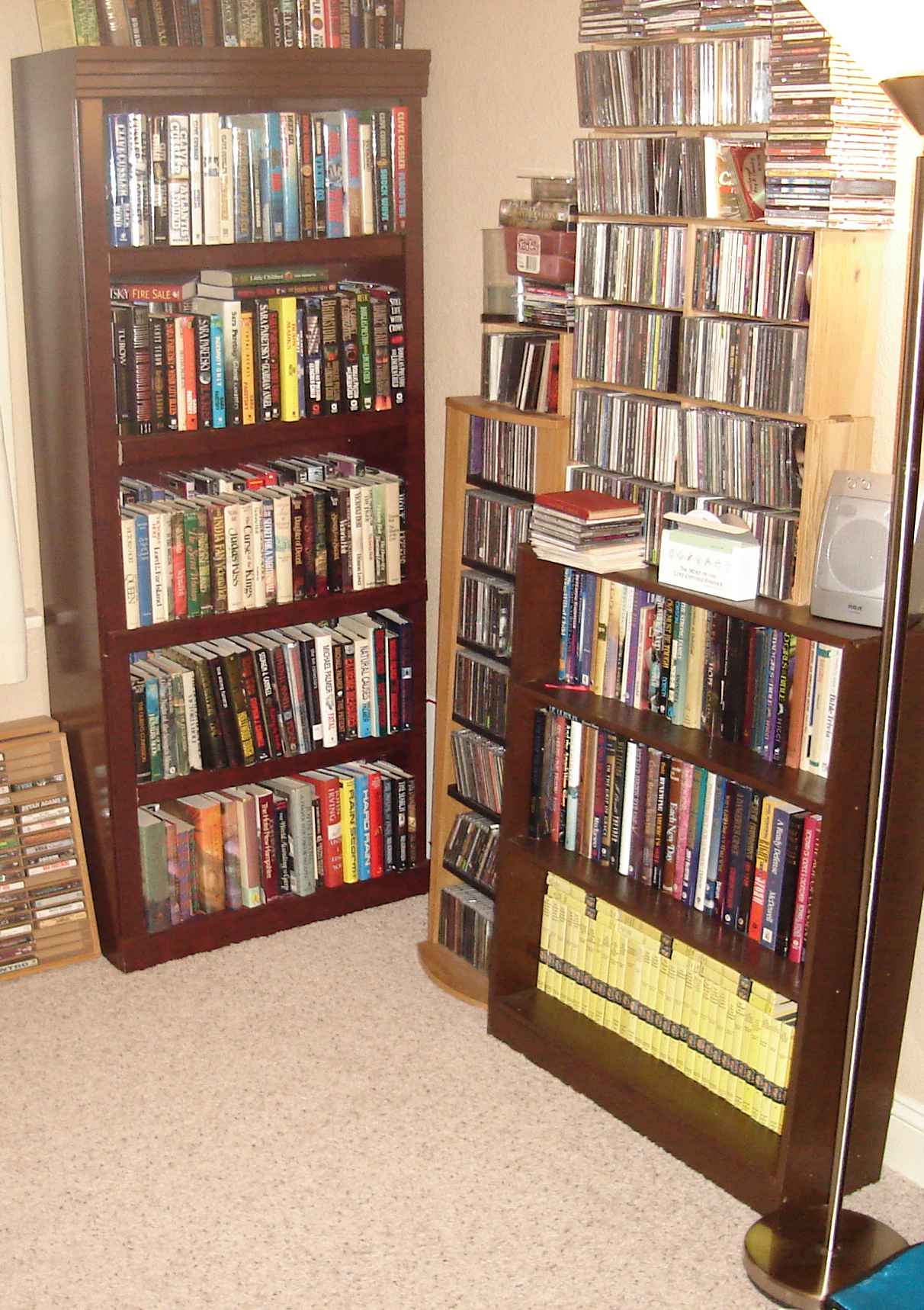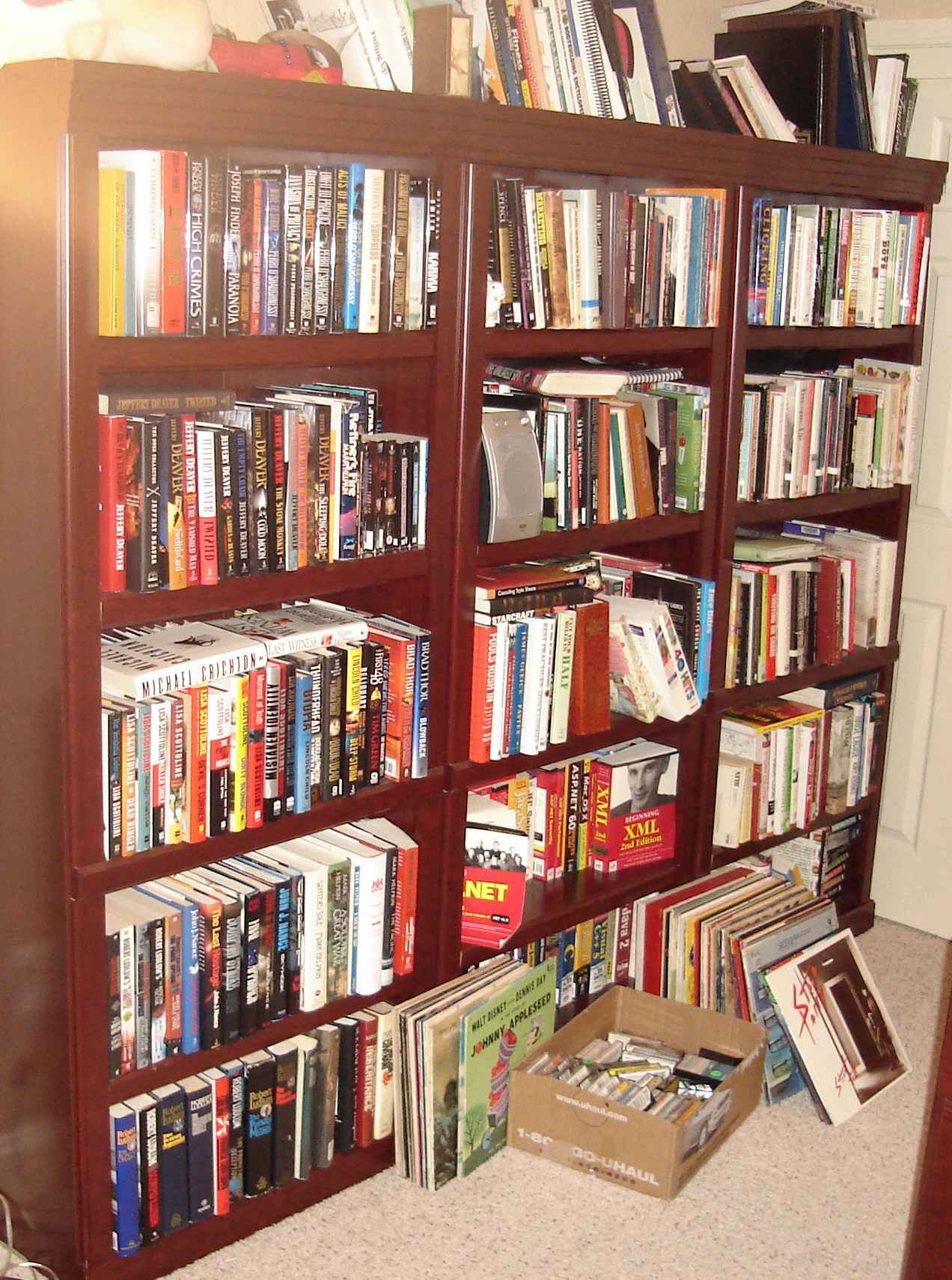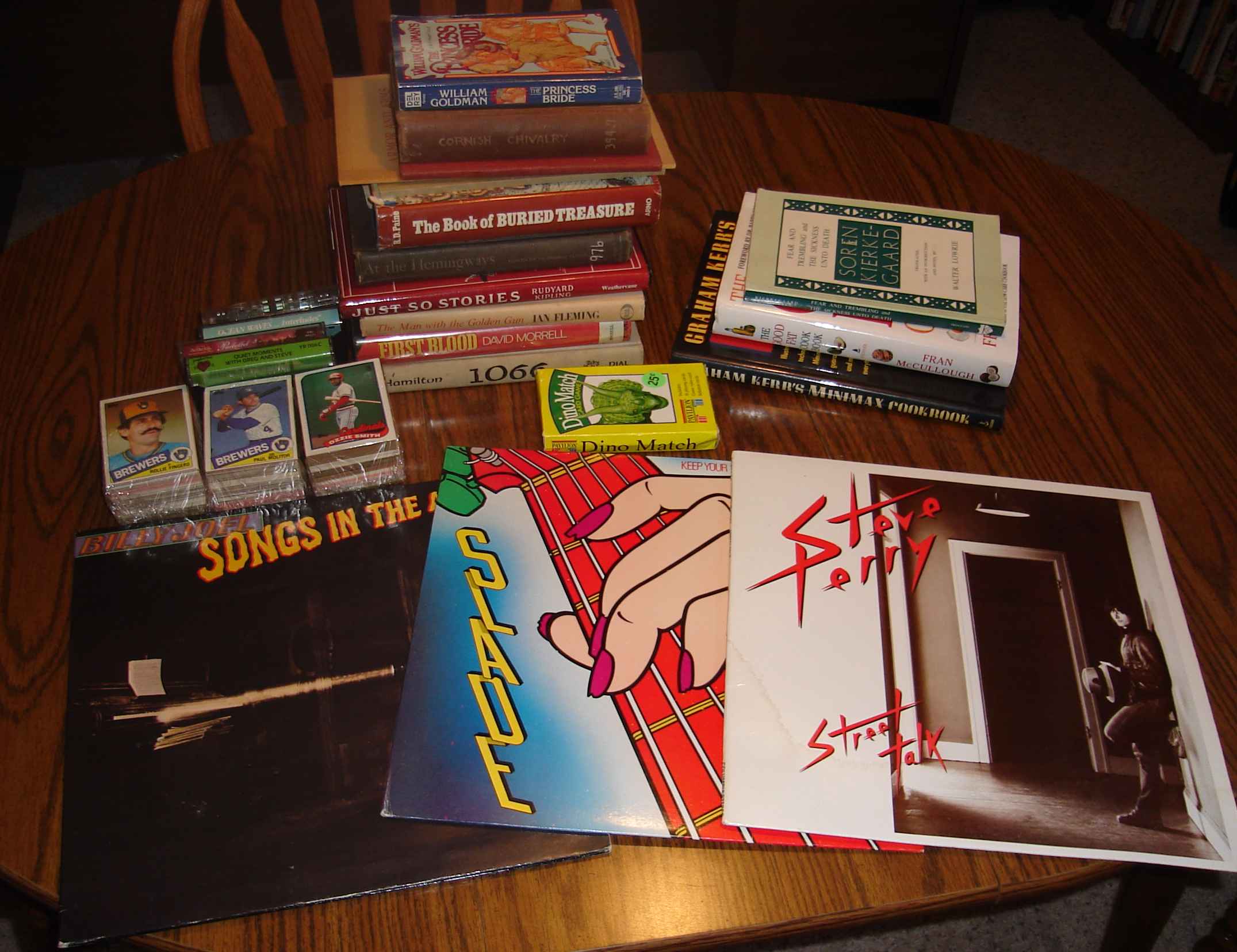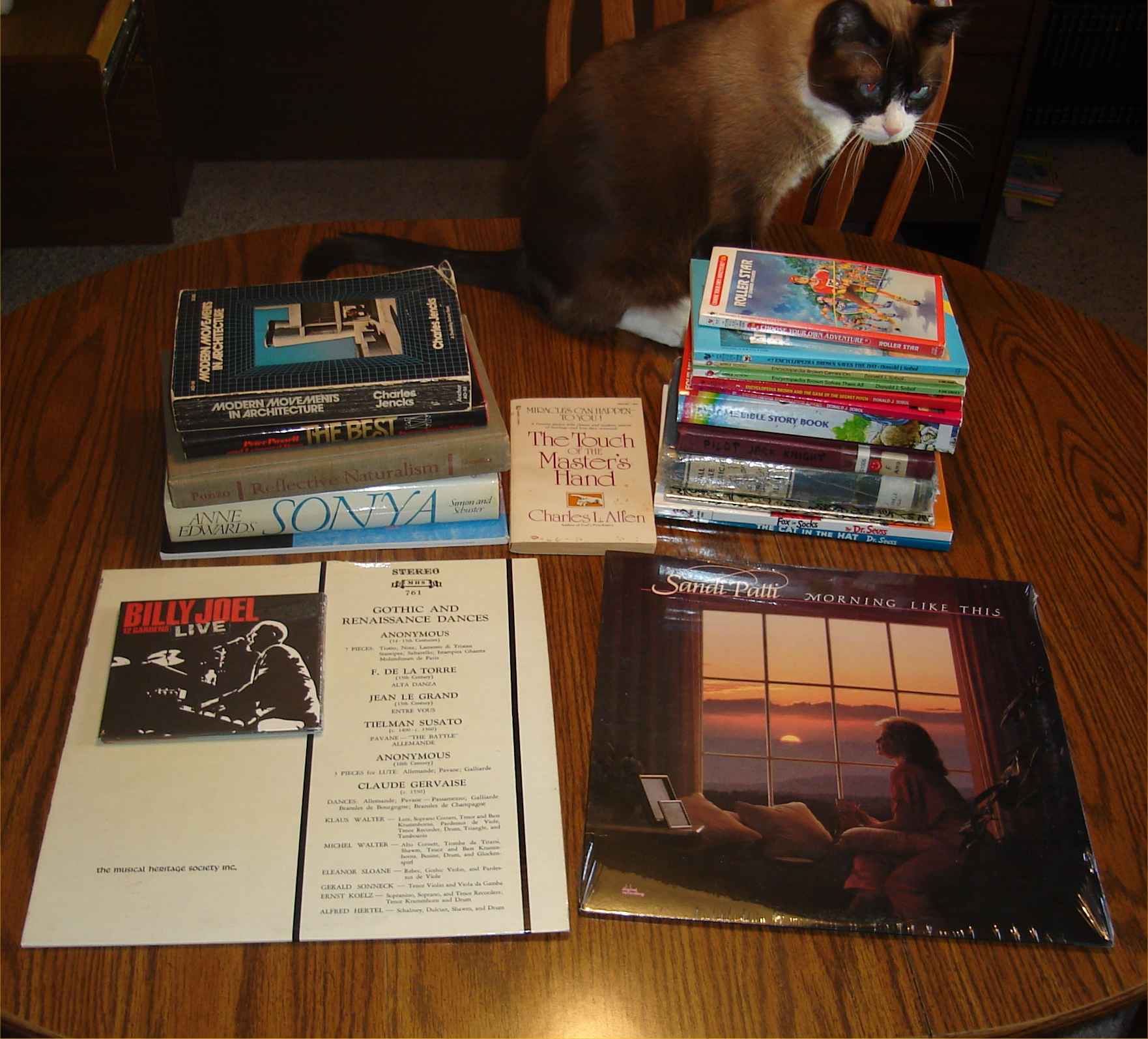All right, this book offended me.
Of course, as you probably know, I read the early Spenser novels in my formative years, and the books led me to Thoreau and Chandler and whatnot and provided me with a basic set of dictates for manliness. Intelligence, strength, and sarcasm. But then the thing happened, the Spenser Valediction/Catskill Eagle bit, and the Spenser books declined. Slowly, I suppose, but still, they’re now just collections of television scenes, many of which could be excised if anyone dared to incense a best-seller.
Then came the Sunny Randall books and Jesse Stone books (of which this is one) so that Parker could continue to revisit the themes sewn up pretty much in the Spenser books: namely, that strong, decent people can be in messed up relationships for decades, and that’s okay. It takes a strong man to bear the cuckold horns. Also, let us not forget the autonomy thing (lectures provided handily in each book in case it’s your first Parker read); let us remember the tough guys of all races (with “honorable” representatives from African Americans, Italian Americans, Hispanics, Native Americans, and white guys); let us remember the positive homosexual characters (minimum one per book, and many of them are tough guys, too).
I read the books out of a sense of duty, but as I said, this one offended me.
It has all the normal flaws, some of which I allude to above. An ethnic tough guy (Apache) comes back to Paradise. He, like the other main characters in Parker books, are Sex Gods, right? Attractive women want Crow (not Hawk!)/Jesse Stone/Spenser/Sunny Randall (a Sex God in female form). There can be no conversation between attractive women and the Sex Gods without the undercurrent of sex. Then, we have the scenes with the shrink, wherein Stone and his therapist go over why he’s stuck on stupid. Then, finally, we have a minor sympathetic character who’s married but cannot resist the Sex God, so she commits adultery and then confesses she feels no guilt for it, and another adulterer confides that sex between adults is a good thing if it makes you feel good, husband and four kids be damned. Just don’t tell him.
Oh, for Pete’s sake. That goes beyond promiscuity, which I don’t have a problem with. But justifying and rationalizing adultery? Give me a break. With that blow, the series has a total of zero recurring characters that I respect. None. No one for me to identify with. No reason to read.
I’m probably overreacting, but I traced some influence of my personal code of ethics to Parker’s earlier work. I am beyond disappointed with this outing and don’t know if I’ll bother with the other Sunny Randall/Jesse Stone books from here on out. I just picked up the movie Stone Cold just last week, and if I get the others, it will be because I like Tom Selleck, not because I like Robert B. Parker.
Even aside from my moral high-horsing, the book is flawed. Contrary to the oft-reprinted AP review, the dialogue in this book is not crackling, wry, sparkling, or whatever the thesaurus wanted to stick in there for this Parker book. The plot is forced, the resolution relies on the now-frequent shootout trap for organized crimesters, and….
Jeez, can you tell how I feel about this book? I’m so spitting mad about it, it’s like my review wanders out of the room and comes back to add just one more bit of venom? For the sake of consistency, I’ve put the Amazon link to the book below, but jeez, save your time and money.
I cannot believe I pay full price for these things any more.
Books mentioned in this review:



